CONTENTS
Introduction
Chapter 1: Land
Relief
The Nile Valley and Delta
The Eastern Desert
The Western Desert
Sinai Peninsula
Drainage
Soils
Climate
Blue Nile River
Plant and Animal Life
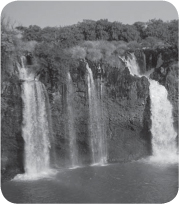
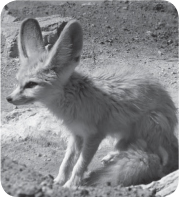
Chapter 2: People
Ethnic Groups
Languages
Religion
Settlement Patterns
Coptic Orthodox Church
Rural Settlement
Urban Settlement
Demographic Trends
Port Said
Chapter 3: Economy
Agriculture and Fishing
Infitāḥ
Resources and Power
Manufacturing
Aswan High Dam
Finance
Trade
Services
Labour and Taxation
Transportation and Telecommunications
Suez Canal
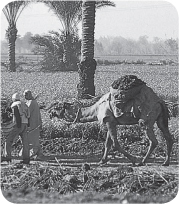
Chapter 4: Government and Society
Constitutional Framework
Pan-Arabism
Local Government
Justice
Political Process
Security
Health and Welfare
Housing
Education
Al-Azhar University
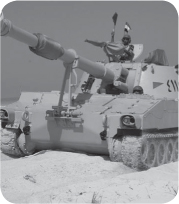
Chapter 5: Cultural Life
Daily Life and Social Customs
The Arts
Pyramids of Giza
Cultural Institutions
Egyptian Museum
Sports and Recreation
Media and Publishing
Al-Ahram
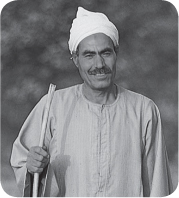
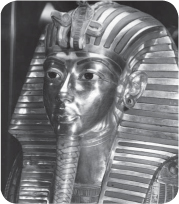
Chapter 6: History
From the Islamic Conquest to 1250
Period of Arab and Turkish Governors (639–868)
‘Amr ibn al-‘Āṣ
The Ṭūlūnid Dynasty (868–905)
Aḥmad ibn Ṭūlūn
The Ikhshīdid Dynasty (935–969)
The Fāṭimid Dynasty (969–1171)
The Ayyūbid Dynasty (1171–1250)
The Mamlūk and Ottoman Periods (1250–1800)
The Mamlūk Rulers (1250–1517)
Qalā’ūn
The Ottomans (1517–1798)
‘Alī Bey
From the French to the British Occupation (1798–1882)
The French Occupation and its Consequences (1798–1805)
Battle of the Nile
Muḥammad ‘Alī and His Successors (1805–82)
The Period of British Domination (1882–1952)
The British Occupation and the Protectorate (1882–1922)
Dinshaway Incident
The Kingdom of Egypt (1922–52)
Muslim Brotherhood
The Revolution and the Republic
The Nasser Regime
The Sādāt Regime
Egypt After Sādāt
Hosnī Mubārak
Conclusion
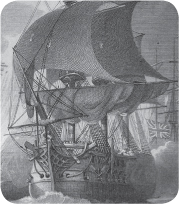
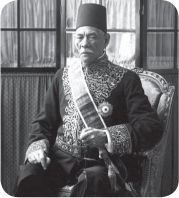
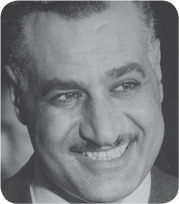
Glossary
Bibliography
Index









